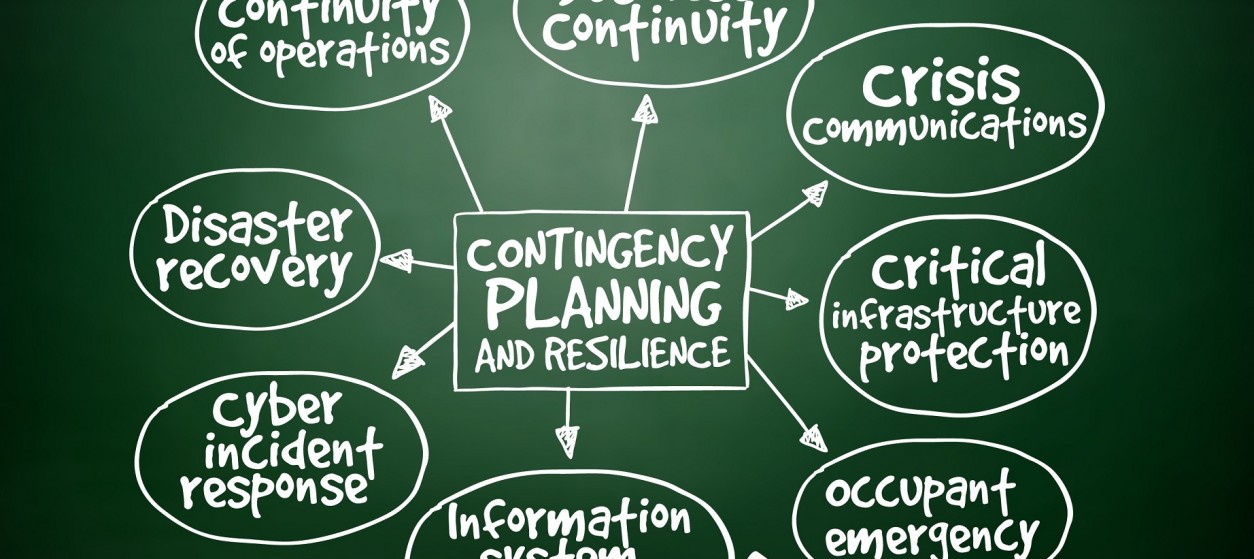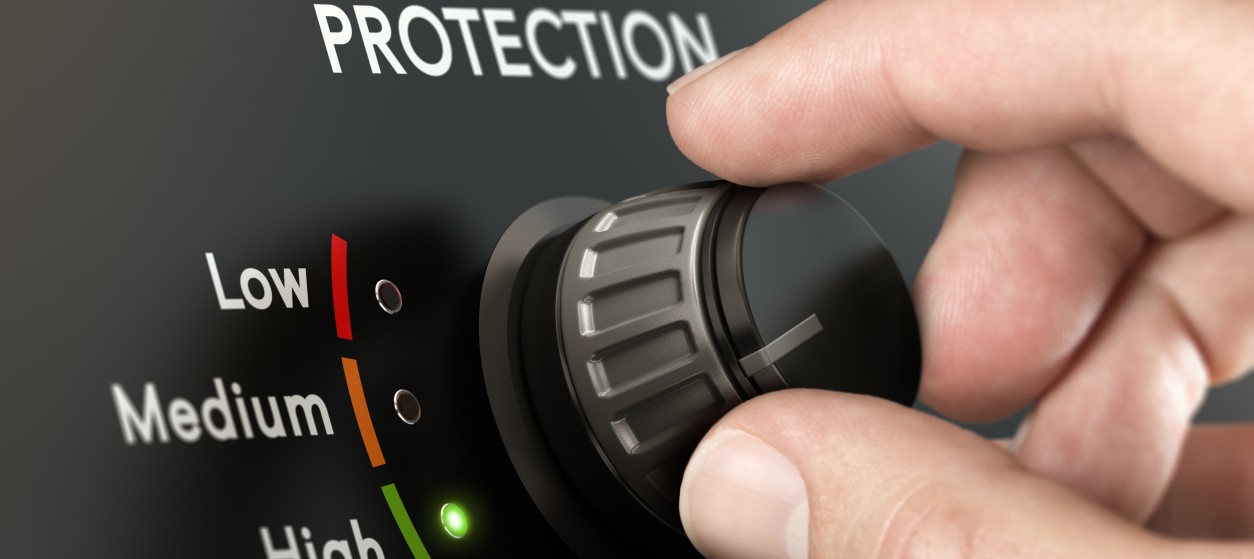Critical infrastructure, when loosely used as a term, includes a number of assets including electricity generation, telecommunication, financial and security services and shipping & transportation. It may even include IT infrastructure and computer logistics, which contain sensitive information and data.
With most of these services, whether public or private, being handled by third-party agencies with the help of futuristic technologies, security and protection of these critical infrastructural components become paramount. Threats to critical infrastructure can arise from a variety of sources. Mischief mongers, disgruntled employees, spies, hackers, spammers, and even criminals can be potential sources of threats.
Moreover, critical infrastructure, both at private and public sectors, has moved towards cloud computing because of the ease and affordability. While cloud computing helps clients to run critical infrastructure components with respect to IT in an accessible and affordable manner, certain privacy and security threats need to be addressed.
In order to ensure that both public and private critical infrastructure are protected, certain steps need to be undertaken in a methodical manner. This begins with protecting the aforementioned critical infrastructure in the following ways:
- Identification of critical infrastructure
It is important to describe what critical infrastructure entails. Often times, it is confused with nuclear, power and transportation facilities that are the prerogative of the government or public bodies. However, corporations and organizations have their set of critical infrastructure too. This could range from electrical supply to IT department to actual cloud computing technology. It is important to evaluate what a certain company or body’s critical infrastructure entails. This identification helps in the process of protecting it.
- Identifying the threats
Threats to critical infrastructure can come in a number of ways. Most common threats are hackers, spies, cyber criminals and various bots. However, administrators must also identify extraneous threats such as power disruption, loss of critical data, irreversible loss to existing human resources and other possibilities which normally do not come under the category of critical infrastructural threats.
- Monitoring of threats
Once critical infrastructure and their possible threats are identified, the next step is to monitor for signs of hacking and attacks. Even an innocuous loss of an unimportant file may suggest something more sinister at work. Thus, hiring professionals who are specialized in critical infrastructure monitoring can be a good step to follow. There are also tools and programs that help to automate the monitoring of possible threats emerging.
- Risk mitigation and resolving issues
As and when threats are monitored, it is also important to have a risk mitigation plan in place. This may include having access to specialized security professionals who understand how to deal with malicious attempts to takeover data. Resolving issues should be a constant process, as opposed to beginning to resolve only after the damage is done. Constant monitoring usually helps in risk mitigation but there needs to be an agreed framework to resolve issues as and when they occur.
- Being prepared for future attacks
As companies move towards cloud computing, much of their infrastructure is left vulnerable to external and internal attempts to hack and attack. It is important to be prepared for future attacks and have plans in place which reduce the damage that could take place and also identify new potential threats. Being prepared for future attacks is the key to protecting critical infrastructure, whether in a public or a private organization.
Importance of having a protection plan in place
A step by step critical infrastructure protection plan must be put in place. If an organization is unable to come up with a framework on its own to mitigate the risks, it is better to hire professional agencies that are specialized in identifying critical infrastructure and the threats that lurk around them. Even when an organization comes up with an infrastructure protection plan, it may not be the most effective strategy with respect to IT security.
With this in mind, it makes sense to consult with agencies that specialize in the protection of critical infrastructure against hacks and attacks. Most importantly, being prepared from the outset to deal with hacks and attacks and following a methodical plan to avert catastrophic events ensures safety of data, infrastructure and technology.










